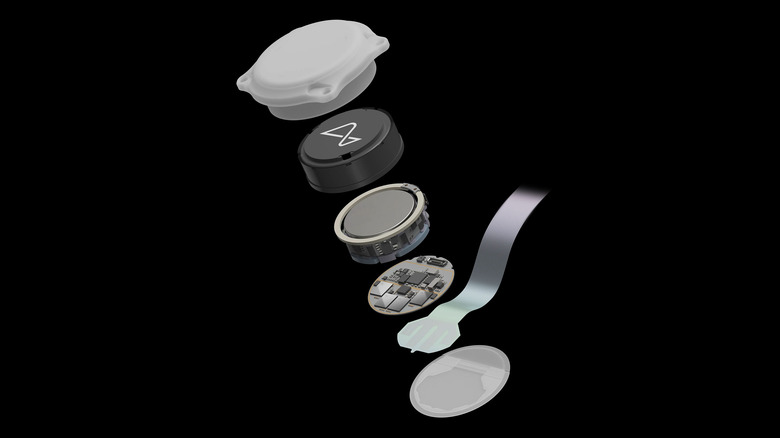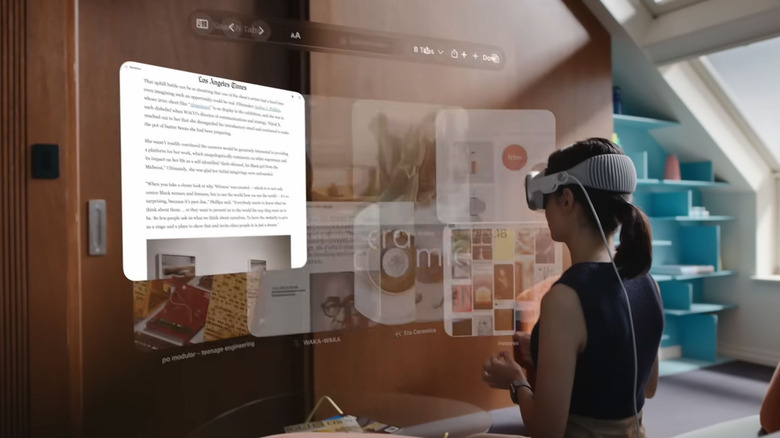Interface Innovations: 3 Futuristic Devices That Could Replace Touch Screens
Technology often takes paths that many of even the best industry analysts fail to predict. Still, one thing is for certain — nothing is stopping the always-moving train of technological progress. One of the most useful innovations developed within the past few decades has been the touchscreen. Integration of touchscreen technology in smartphones and tablets has completely revolutionized how companies manufacture many electronics today.
While the earliest touchscreen interface was conceived all the way back in 1965, it wouldn't be until 2007 — the year Apple released the first iPhone — that touchscreens would take over and become nearly ubiquitous across mobile phone and tablet devices. Over time, the technology has steadily improved and has since been adapted to larger screens, with multi-touch functionality being another recent step that opened the doors to new ways to utilize it. The latest tech in the industry includes things like self-cleaning screens, with other developers working on even more abstract concepts.
Regardless of how familiar most people worldwide are with touchscreens, there is always something waiting in the wings to replace outdated tech, and savvy creators are already thinking up alternatives to how we access data on our electronic and smart devices. Here are three futuristic devices that may one day completely replace the touchscreen.
Neural implant
While it might seem like something featured in a science fiction film, neural implants enabling people to perform tasks on the computer or phone by merely thinking about it may be a reality sooner than you think. Arguably, the most well-known is Elon Musk's Neuralink, which aims to interface the human brain with computer and mobile devices by translating electrical synapses into code, which then interacts with the electronic device. This technology would eliminate the need for a touchscreen, as tasks on the phone or tablet could be done in your mind.
Obviously, serious ethical and legal issues surround the controversial new technology; however, some argue that it could have legitimate positive applications for those suffering from brain injuries and other impairments.
Animal trials for the tech have been performed for years and have come under intense scrutiny by animal rights activists and critics. According to some estimates, Neuralink has already killed over 1,500 animals in trials, and according to Wired reporting, monkeys that had the Neuralink implant surgically installed suffered from various side effects ranging from partial paralysis and cerebral edema to infections.
The most recent reporting for the device from Reuters reports that an independent review board approved recruitment for human trials for paralysis patients and that these trials would take around six years to complete. Should the trials be considered a success, it's much more realistic that a consumer-focused Neuralink implant might be around the corner.
Virtual Reality & Augmented Reality
Virtual Reality (VR) and Augmented Reality (AR) have been pretty rudimentary for decades but have made huge strides within the past few years. Advances in small tech like microchips, processing power, and high-fidelity screens have made VR and AR much more obtainable for the average consumer. The most recent iteration of the technology, and arguably the most impressive, is the Apple Vision Pro headset, which combines both VR and AR while enabling immersive 360-degree views of 3D spaces. This could replace the need for all peripherals, like the mouse and keyboard, as well as any touch screen.
Functionality on these devices would no longer be limited to a 2D space, so new, more useful, three-dimensional interfaces could be developed to create intuitive navigation options. Rather than having an actual touchscreen, users have a projection of a screen that functions as a regular tablet or phone inside the virtual space. Other companies, like Meta, are also developing virtual workplaces that use some of these functionalities.
Though a world in which 3D projected interfaces like the ones seen in "Star Trek" and other science-fiction movies and TV shows may seem like a far way off. The ability of VR and AR devices to change the world around us may allow us to create things that would be challenging to do in the real world with the limitations of science and physics.
Gesture cameras, eye tracking, and speech detection
Devices that detect physical gestures, track eye movements and understand speech are part of the touchless technology family, a group of devices that aim to do away with physical touch. Today, several gesture cameras exist on the market, with the latest version of macOS Sonoma already implementing the technology in the latest build of their operating system. While the functionality is currently limited to visual effects and emojis on that platform, it opens a world of possibilities for touchless computing.
Eye tracking is another technology that enables users to perform tasks on smart devices with just a glance. These devices can track eye movement and sync it on-screen using infrared LEDs and are already being rolled out in things like Comcast's eye-tracking remote and HTC Vive XR headset. Voice-controlled devices have been popular for years, with Siri, Alexa, and Cortana being well-known virtual assistants that can help with basic information and daily tasks.
Perhaps one of the most promising and realistic alternatives to a touchscreen may be a combination of all three technologies to create a truly touchless environment, forgoing the need for a screen at all. Ultimately, it will come down to the consumer, as people will flock to the technology that makes the most sense for them and increase the demand for a realistic alternative to touchscreens.



